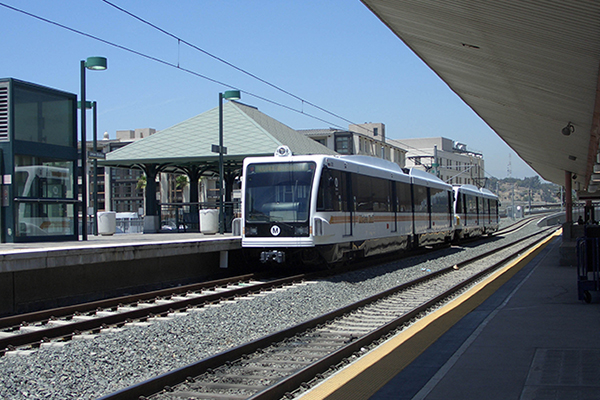Trending
As investment soars, Metro’s ridership continues to dip
In 2018, bus ridership fell 3.1%; train ridership dropped 4.3%

As crews dug further under the city to expand the rail system, Los Angeles’ public transportation service lost passengers for the fifth straight year in 2018.
Metro has been losing customers since 2014, CurbedLA reported. There were fewer passengers riding trains last year for the first time since 2015, and over the last decade, L.A. lost a larger share of overall riders than most big-city counterparts.
Meanwhile, taxpayers and investors are pouring billions of dollars into its expansion. Metro plans to address ridership issues by improving stations and making rides smoother. The agency is also exploring systematic changes to make it easier to understand.
Meanwhile, Metro’s future stations continue to guide major real estate projects, and attract development.
State, county and city officials have implemented ways to spur development near transit stations to help ease the housing crisis.
This year, state lawmakers will consider a new version of a bill to allow more development near transit statewide. At the county level, the Board of Supervisors hope to accelerate the approval of projects near future rail stations. And last year, the City of Los Angeles established the Transit Oriented Communities program to incentivize development near future transit stops if they include affordable units.
The program helped spark development in places like Inglewood, Koreatown, and in the San Fernando Valley. And one week in January, all proposed residential developments with less than 50 units were filed under the TOC program. [Curbed] – Gregory Cornfield




